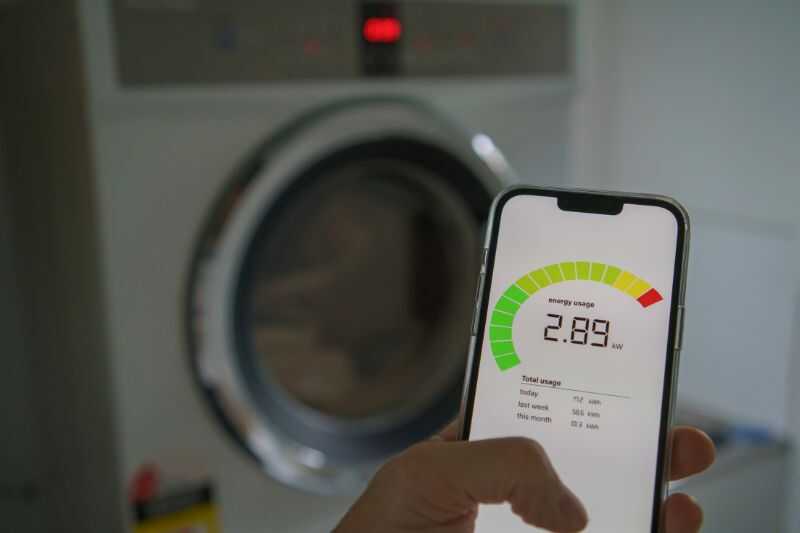Question
The first chart below shows how energy is used in an average Australian household. The second chart shows the greenhouse gas emissions which result from this energy use. Summarise the information by selecting and reporting the main features, and make comparisons where relevant.Australian Household Energy Use
Australian Household Greenhouse Gas Emissions
Model Answer
The pie charts illustrate the energy used by appliances in a typical Australian home and the resulting greenhouse gas emissions. Overall, it can be seen that there is often no direct relation between energy consumption and emissions. Water heating is unique in being a significant factor in both categories.
In terms of energy consumption, heating (42%) and water heating (30%) feature prominently, together accounting for almost three quarters of the total. Of the remaining categories, only other appliances makes a significant contribution, at 15 percent. In contrast, refrigeration, cooling and lighting together represent a mere 13 percent of the total.
Turning to emissions, water heating is responsible for the largest share at 32 percent, which correlates with its high energy consumption. Some appliances though make a disproportionate contribution to emissions. For example, lighting, refrigeration, and other appliances each contribute about double the emissions relative to their energy use. Conversely, heating's contribution to emissions is only around a third of its energy consumption, at 42 and 15 percent respectively.
(169 words)
